Maserati Indy 4.7 (AM116) (1 of 1104) - 1971
€ 85.000
Financing options.jpg)
Model history and curiosity
The Maserati Indy is a passenger car produced by the Italian car manufacturer Maserati from 1969 to 1975.
Designed by Virginio Vairo and Elio Mainardi[1], it was presented by Vignale at the 1968 Turin Motor Show, as a prototype of a two-door, four-seater coupé, to replace the Sebring model. The name "Indy" was chosen, in a contracted form, to commemorate the two victories obtained by Maserati at the Indianapolis 500, in 1939 and 1940.
Series production began in 1969: the launch took place at the Geneva Motor Show. Initially the Indy was offered with a 4.2-liter V8 engine. From 1970 a more powerful 4.7-liter V8 was also offered. In 1971 the 4.9-litre V8 of the Ghibli was also made available, detuned from 335 to 320 HP: from 1973 this last engine remained the only one available in the range.
All engines, equipped with four overhead camshafts, two for each bank, were powered by four double-barrel Weber carburettors type 42 DCNF; the gearbox was a five-speed ZF plus reverse, with an optional three-speed automatic from Borg-Warner and the drive was rear.
From 1973, tinted glass became standard on all versions.
Gallery
Technical data
Optional
Terms of sale
Automotive practices
You may also be interested
Find your dream car
 Versione italiana
Versione italiana Deutsche Fassung
Deutsche Fassung Alfa Romeo
Alfa Romeo 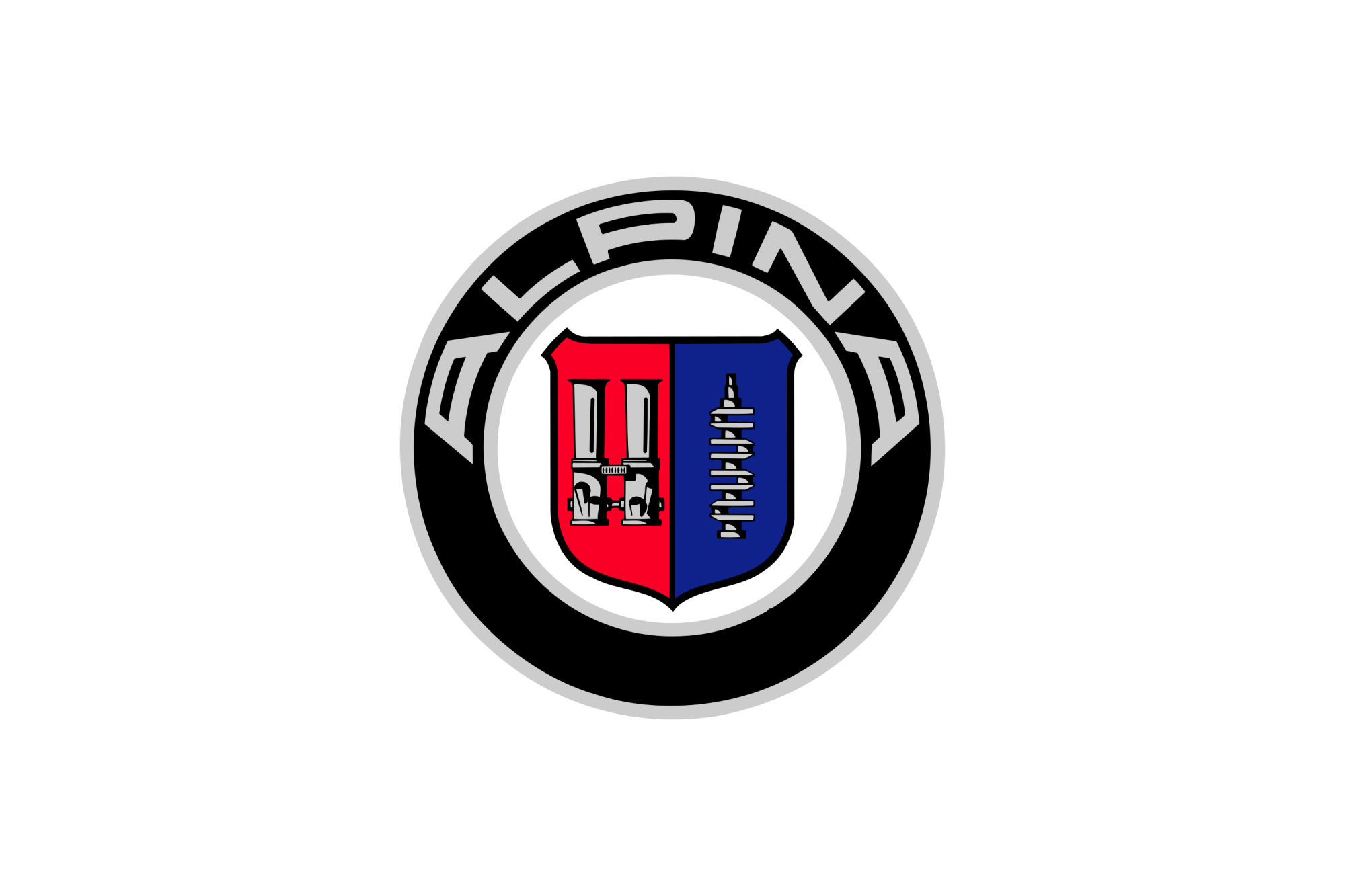 Alpina
Alpina  Amilcar
Amilcar  Aston Martin
Aston Martin  ATL Autotecnica del Lario
ATL Autotecnica del Lario  Audi
Audi  Austin
Austin  Austin-Healey
Austin-Healey .png) Bentley
Bentley  BMW
BMW  Cadillac
Cadillac  Chevrolet
Chevrolet  Citroën
Citroën  Daimler
Daimler  DKW
DKW 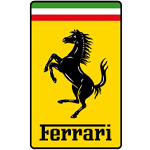 Ferrari
Ferrari  Fiat
Fiat  Ford
Ford  Geko
Geko .svg.png) Honda
Honda  Innocenti
Innocenti .png) Jaguar
Jaguar 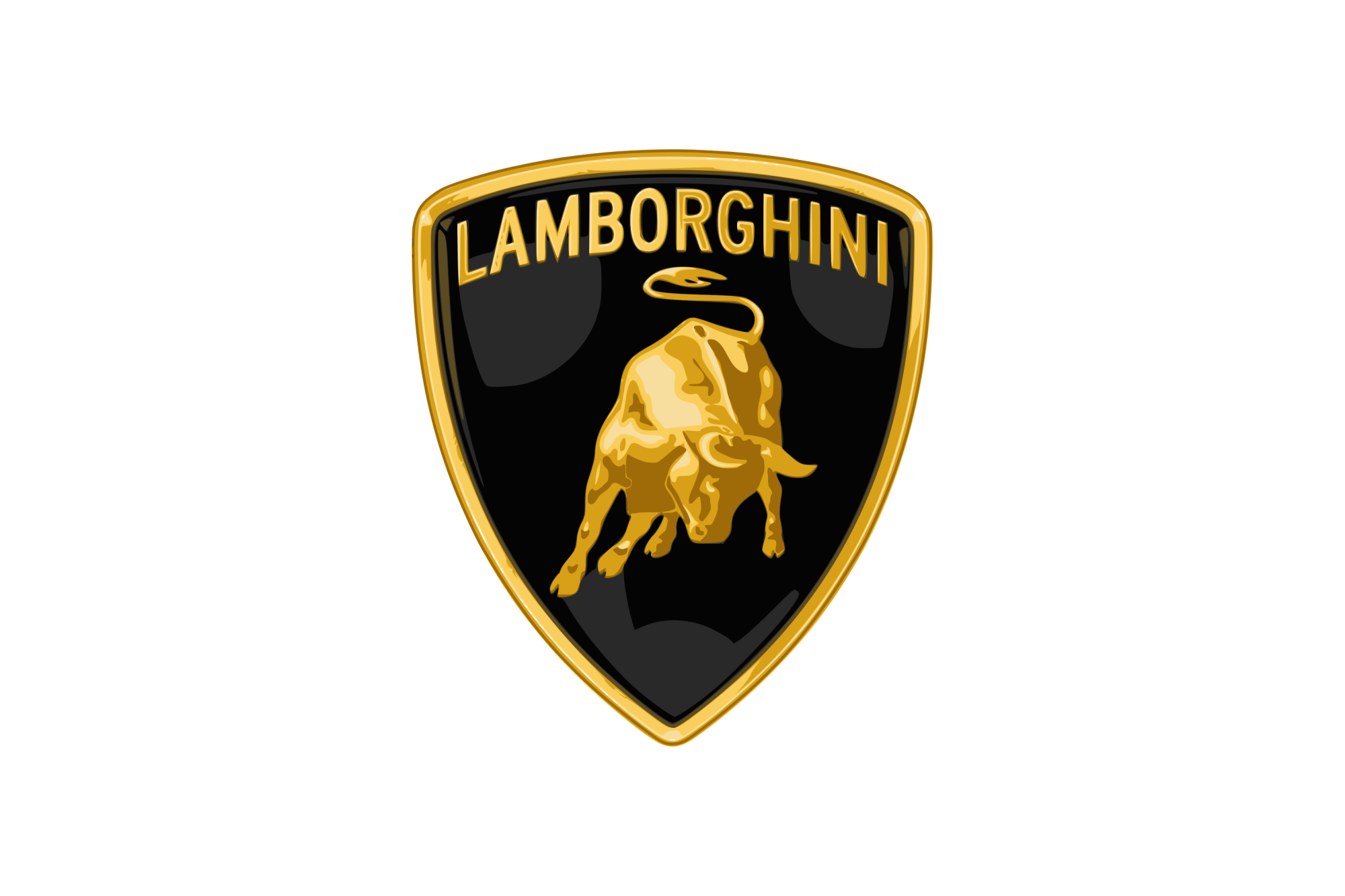 Lamborghini
Lamborghini .png) Lancia
Lancia  Land Rover
Land Rover  Lotus
Lotus  Maserati
Maserati  Matra Sports
Matra Sports  Mercedes-Benz
Mercedes-Benz  MG
MG .svg.png) Mini
Mini  Mitsubishi
Mitsubishi .png) Morgan
Morgan  Morris
Morris  Nash Healey
Nash Healey .png) Nissan
Nissan  NSU
NSU  Porsche
Porsche  Renault
Renault 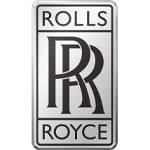 Rolls-Royce
Rolls-Royce  Siata
Siata  Simca
Simca .png) Studebaker
Studebaker  Subaru
Subaru  Sunbeam
Sunbeam  Triumph
Triumph  Volkswagen
Volkswagen  Benelli
Benelli .svg.png) Honda
Honda  Kawasaki
Kawasaki  Moto Guzzi
Moto Guzzi .png) NSU
NSU  Ossa
Ossa  Polaris
Polaris  Royal Enfield
Royal Enfield  Suzuki
Suzuki  SWM
SWM  Yamaha
Yamaha 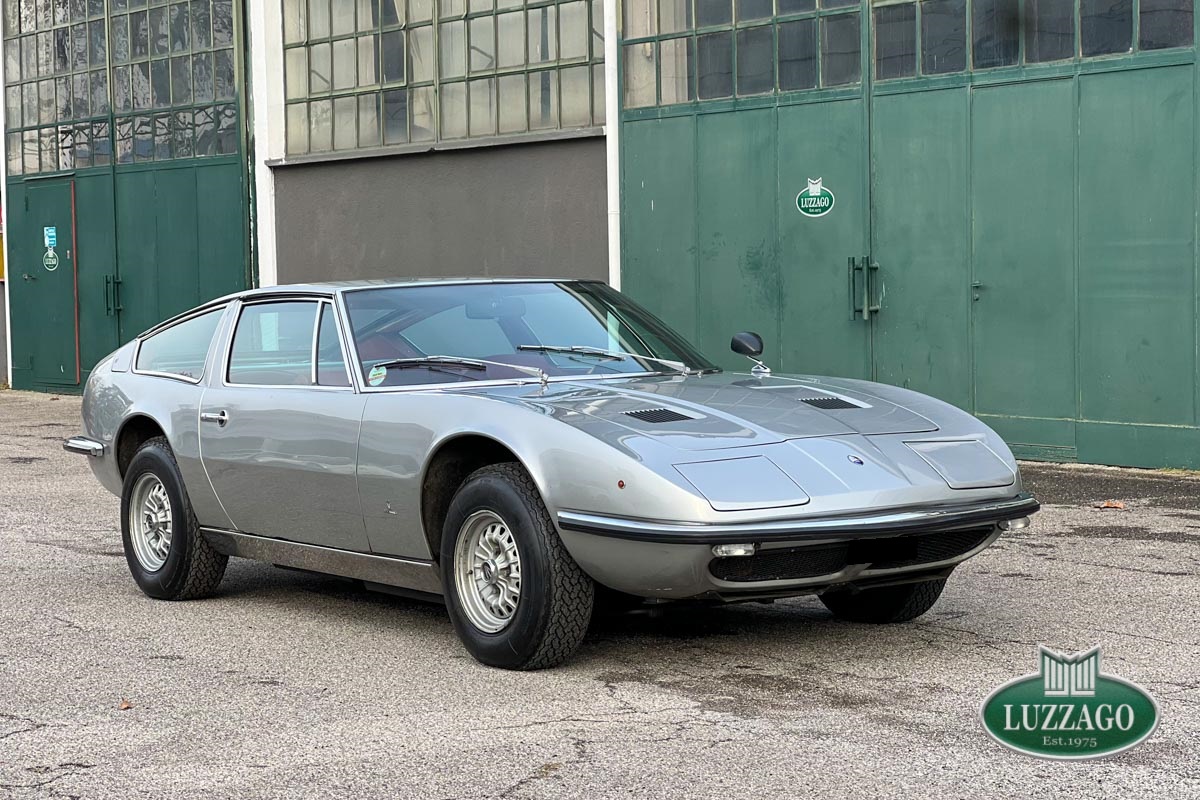
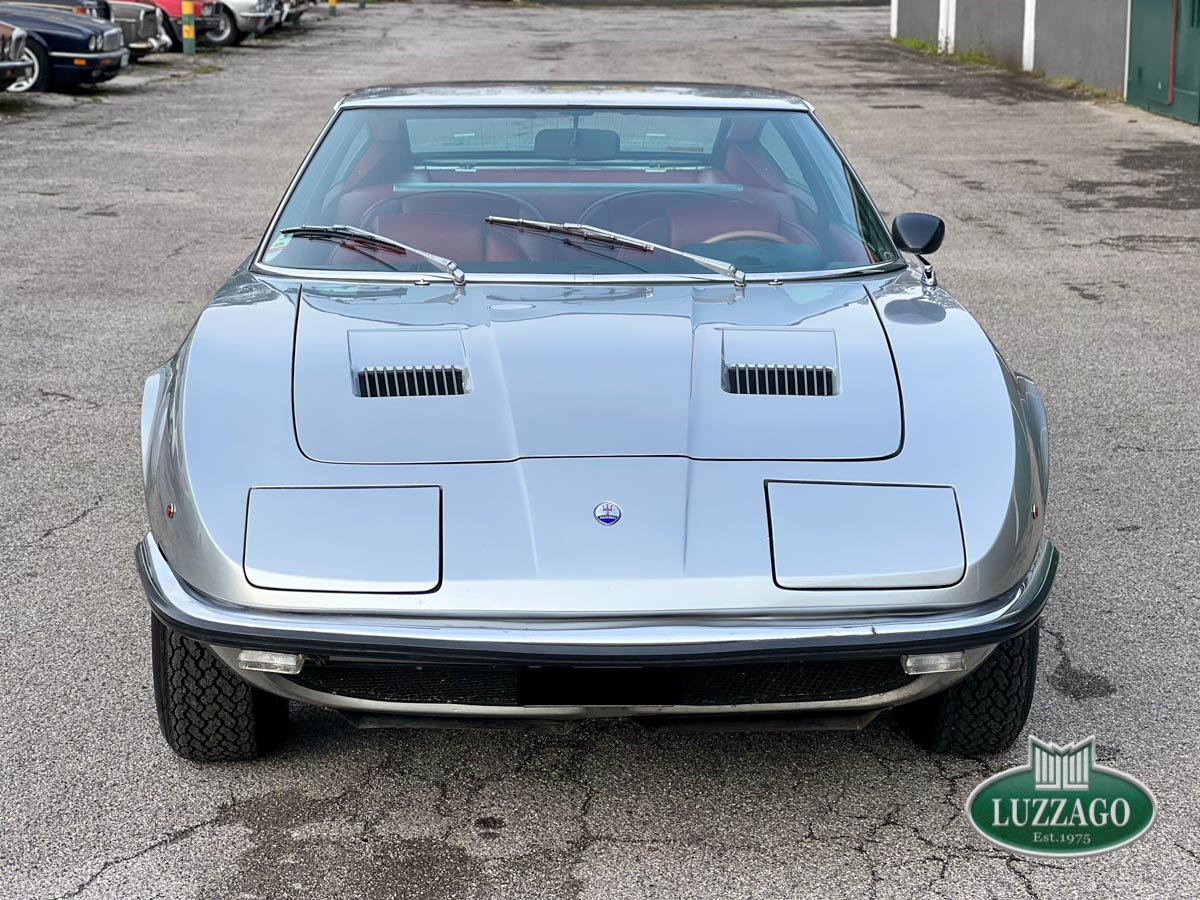

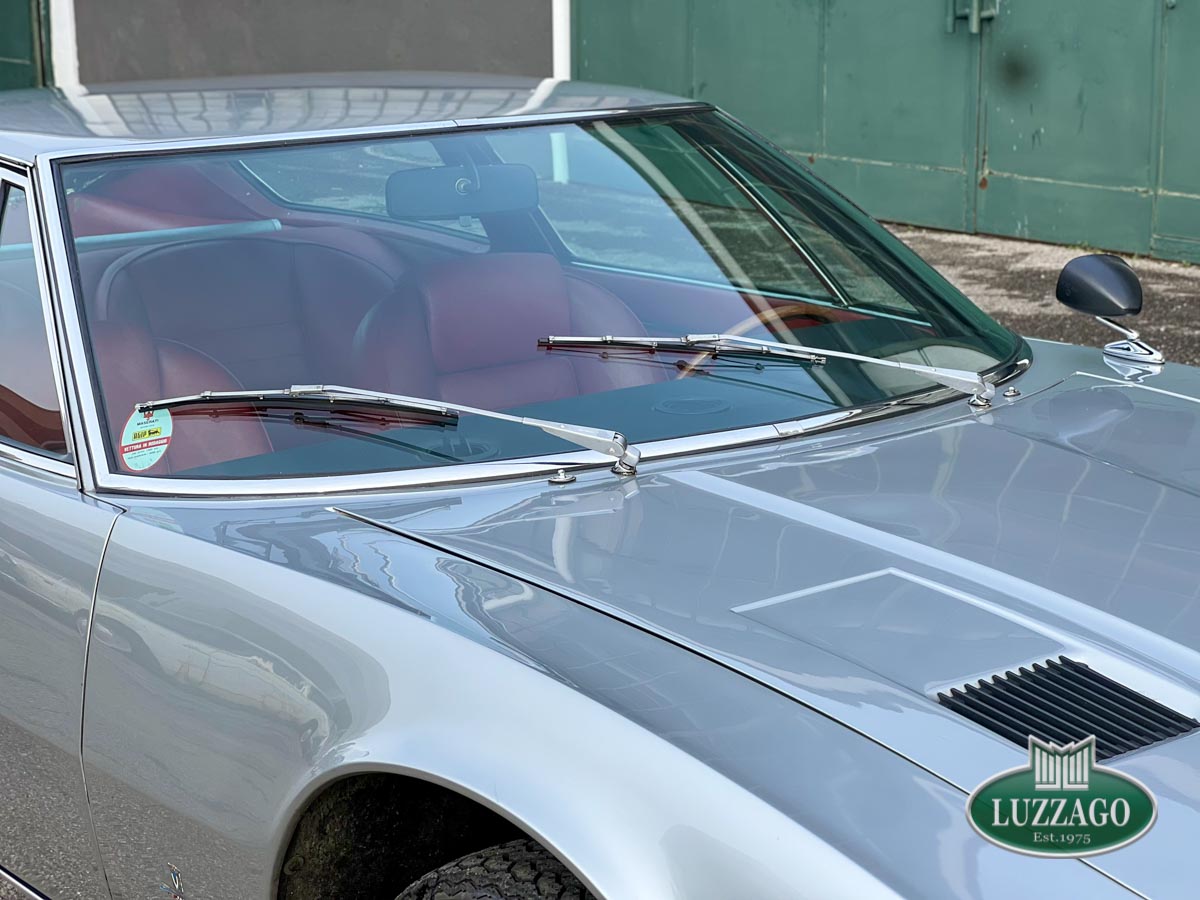

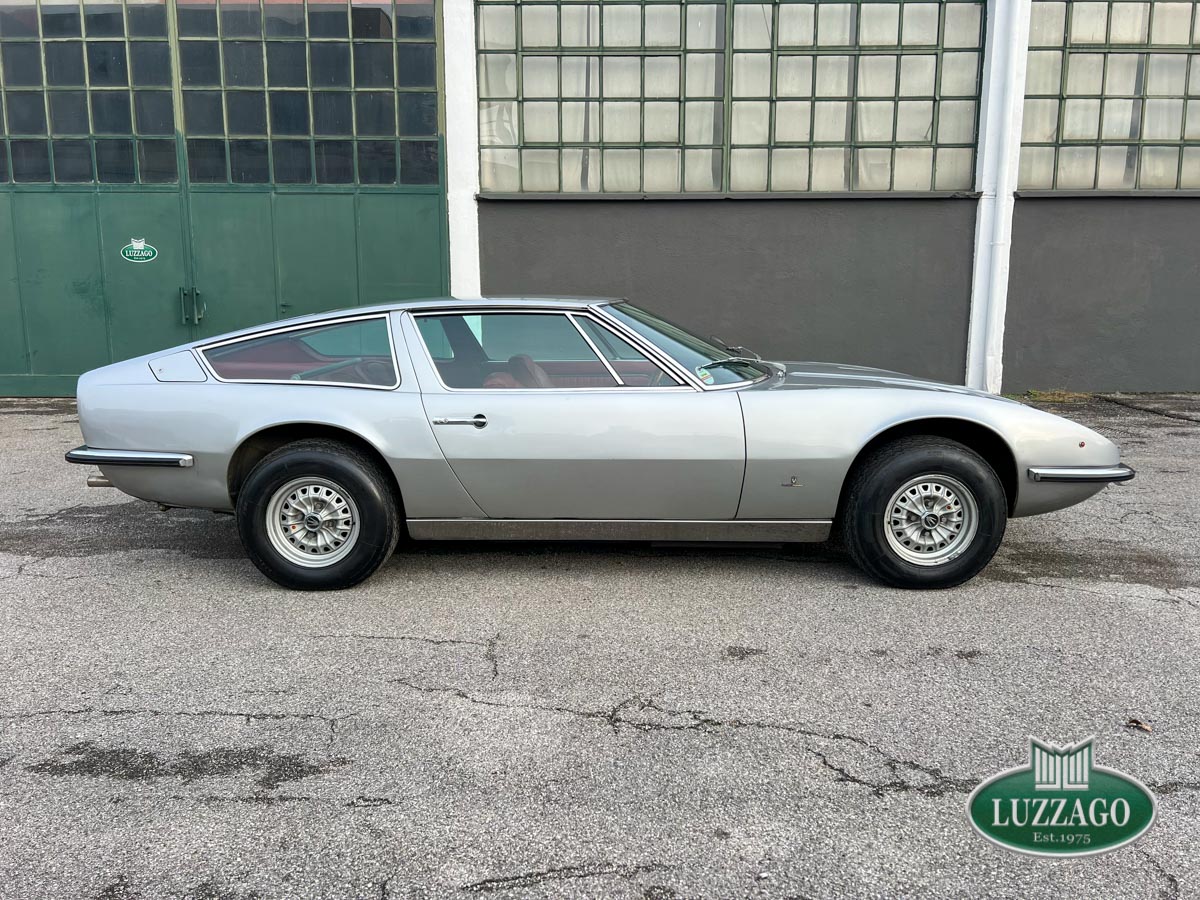

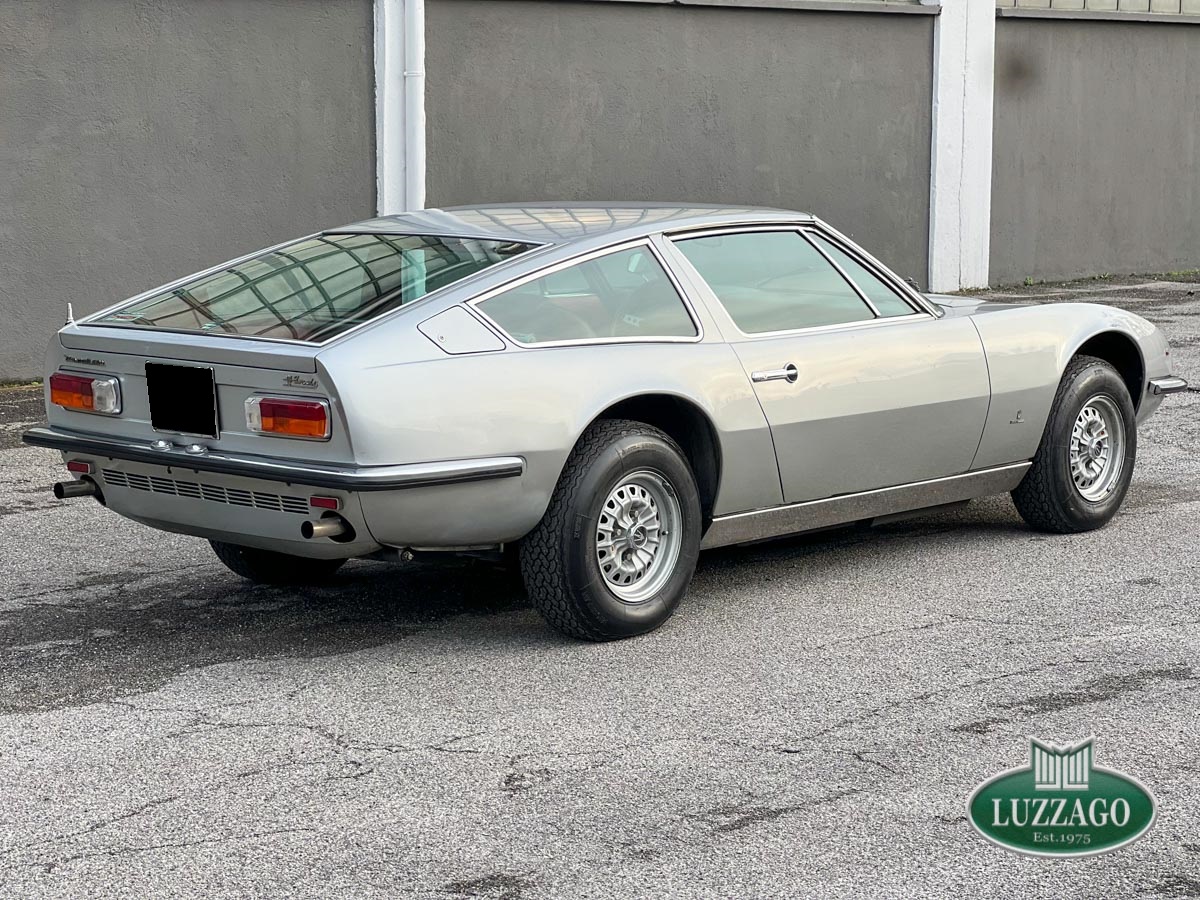

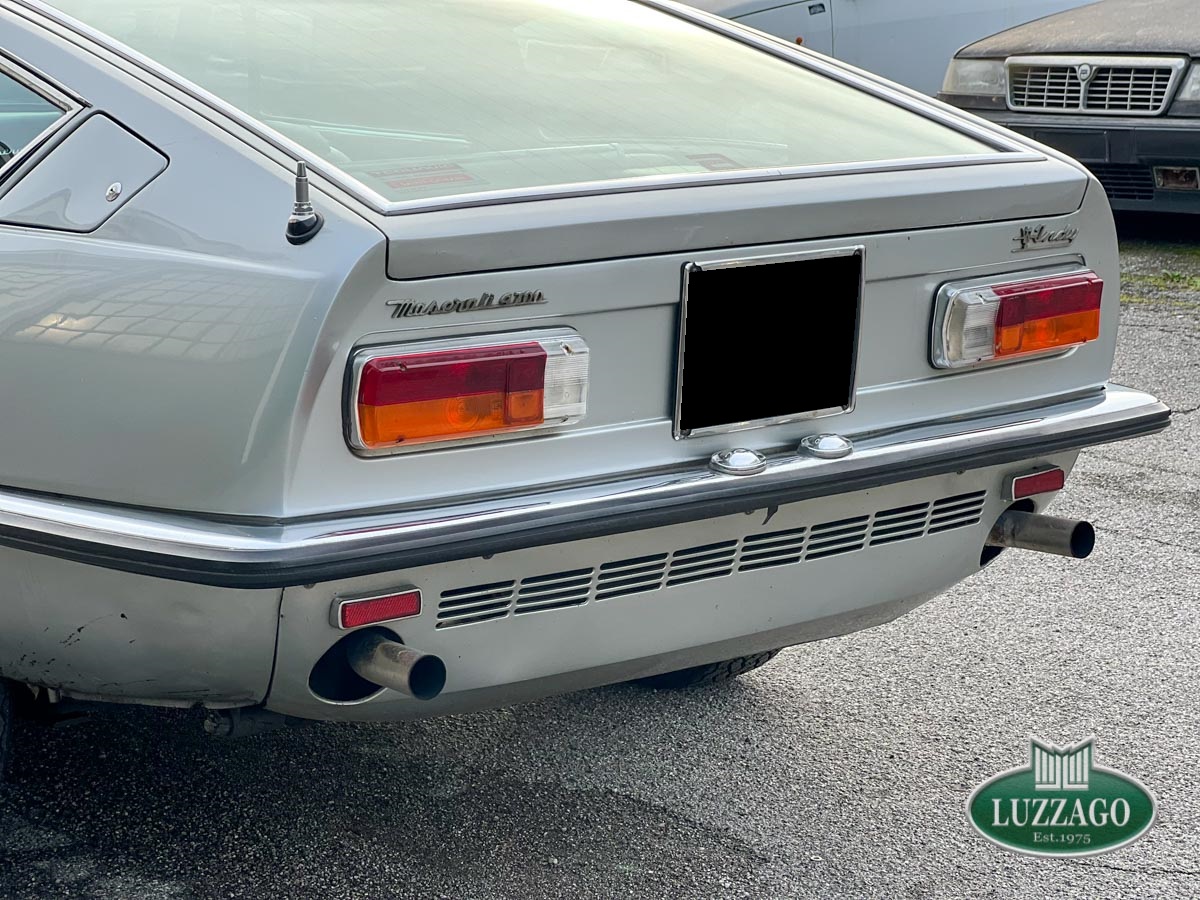
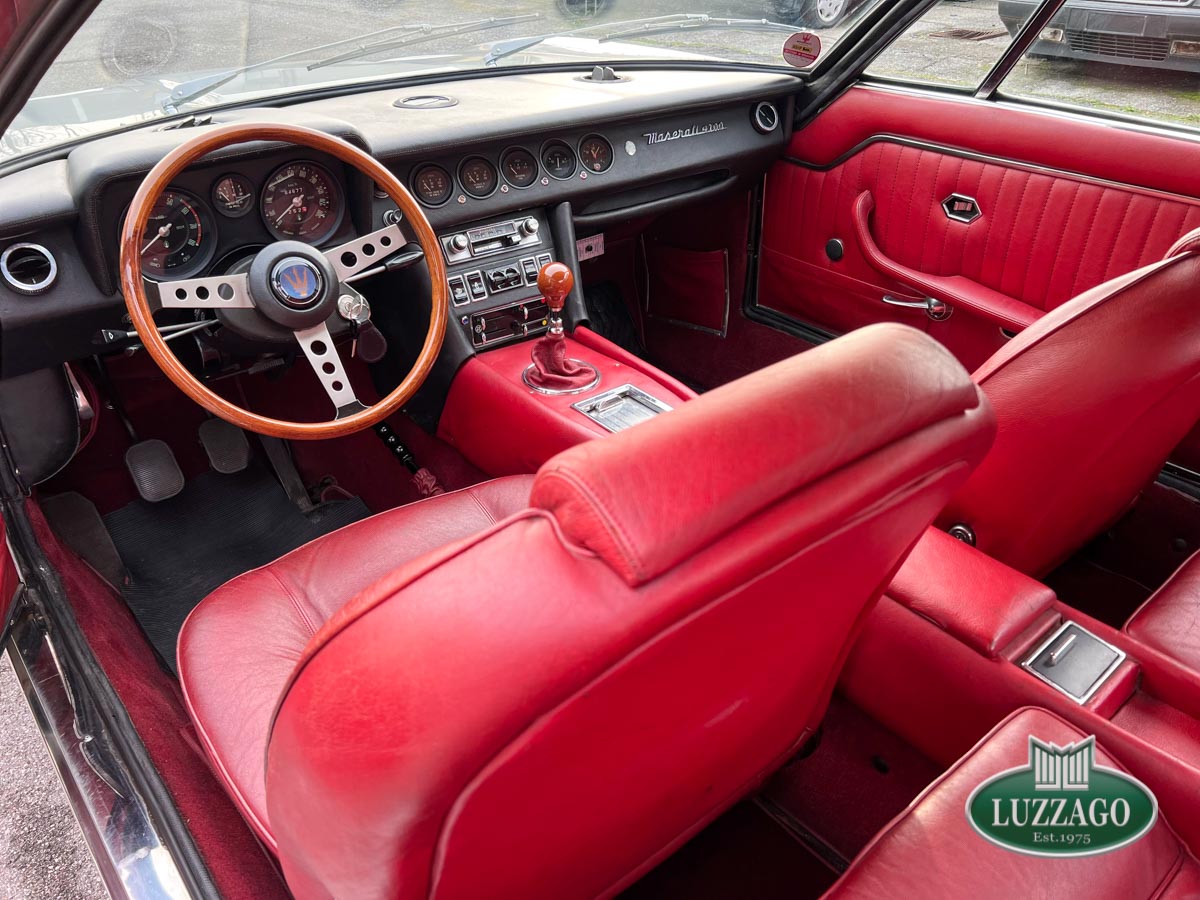
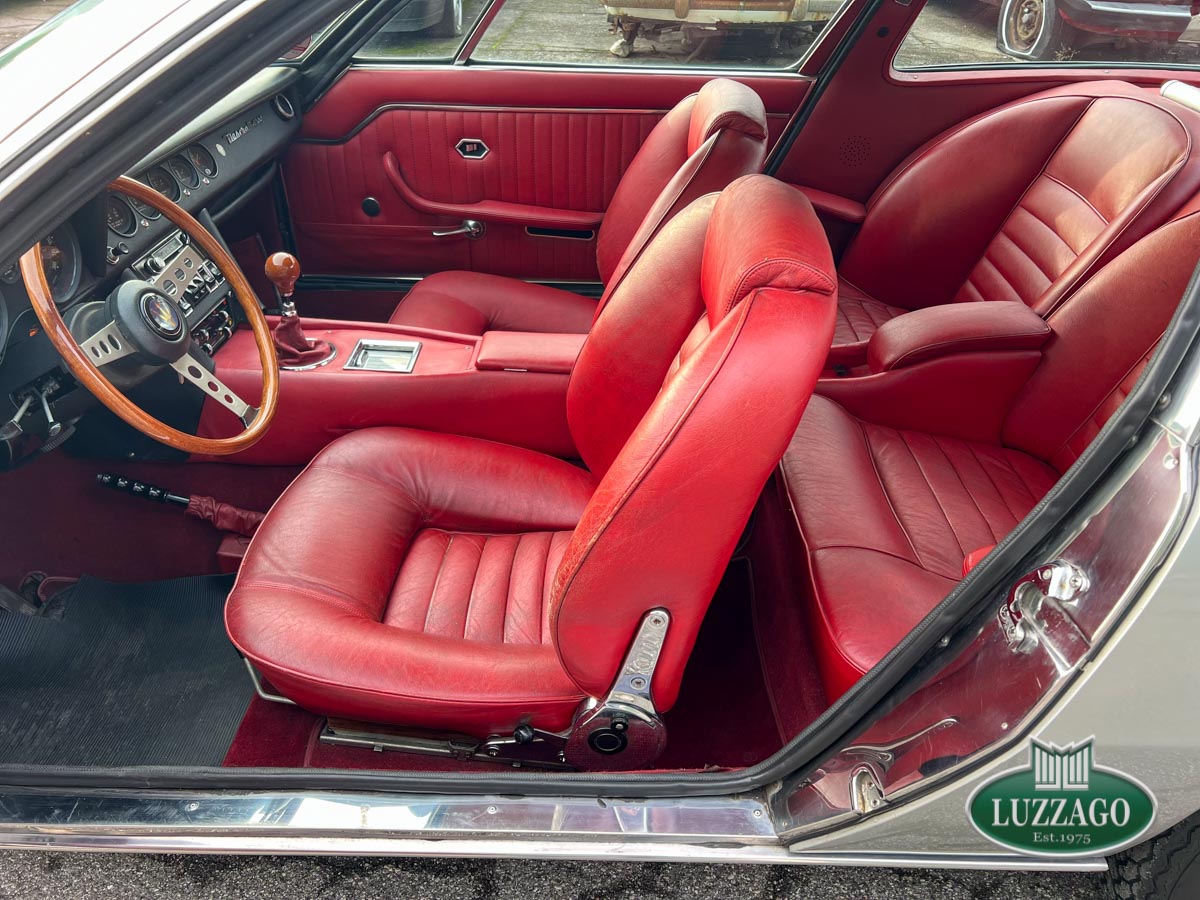
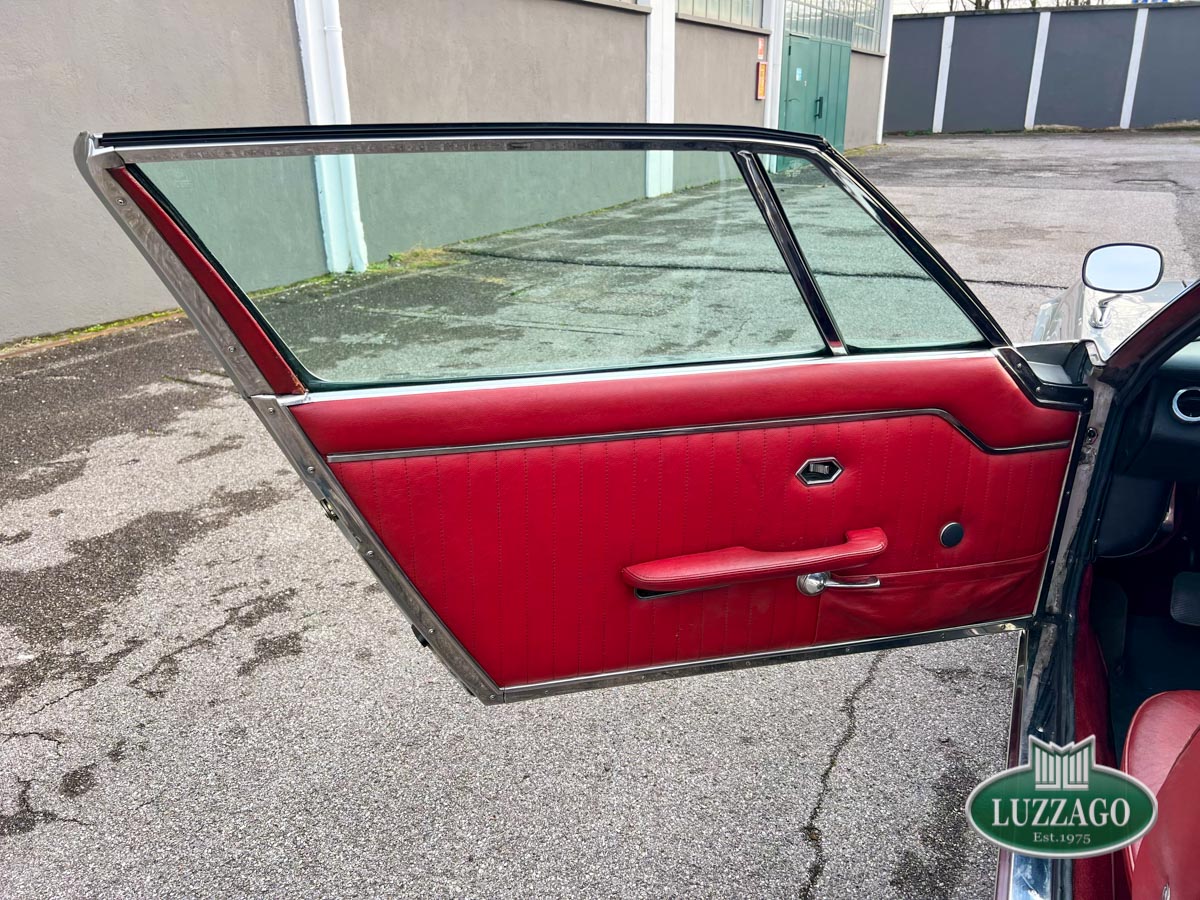
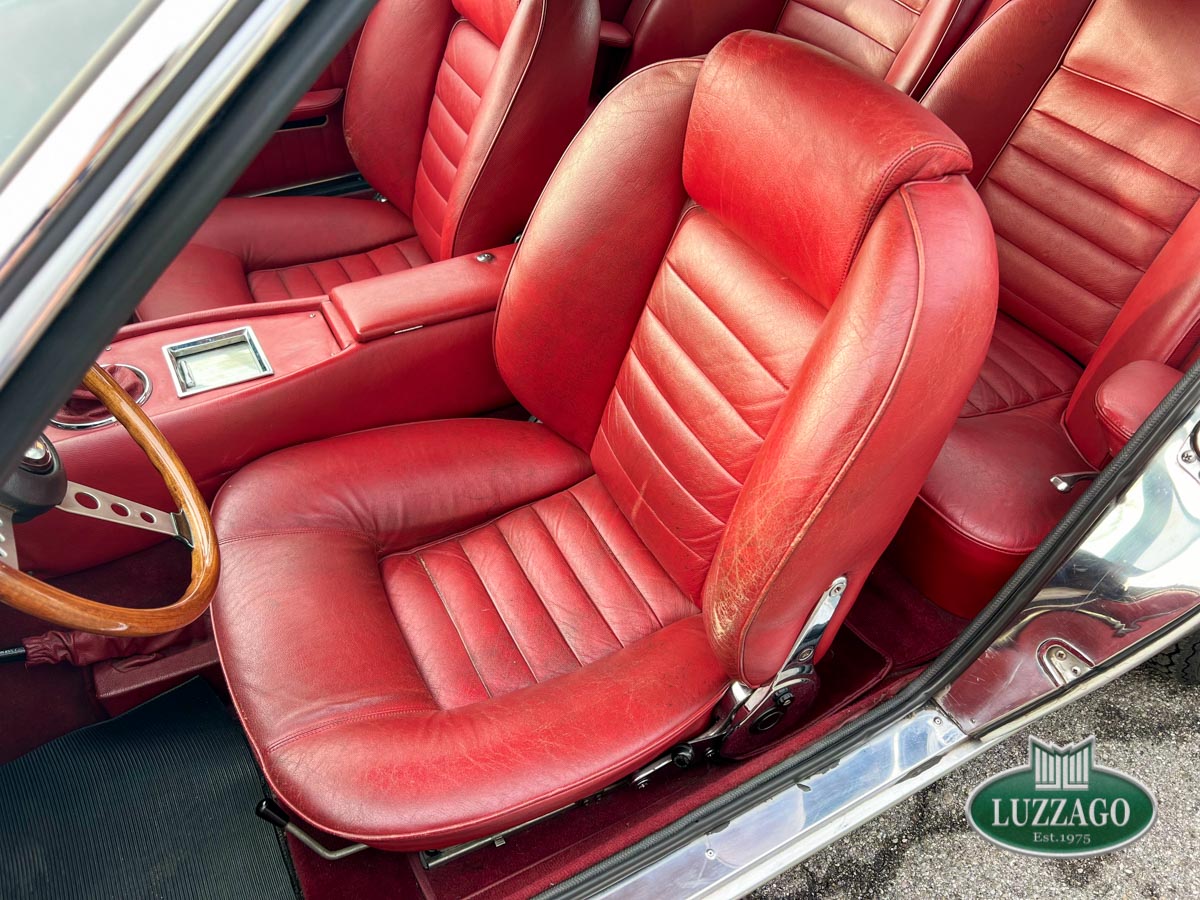
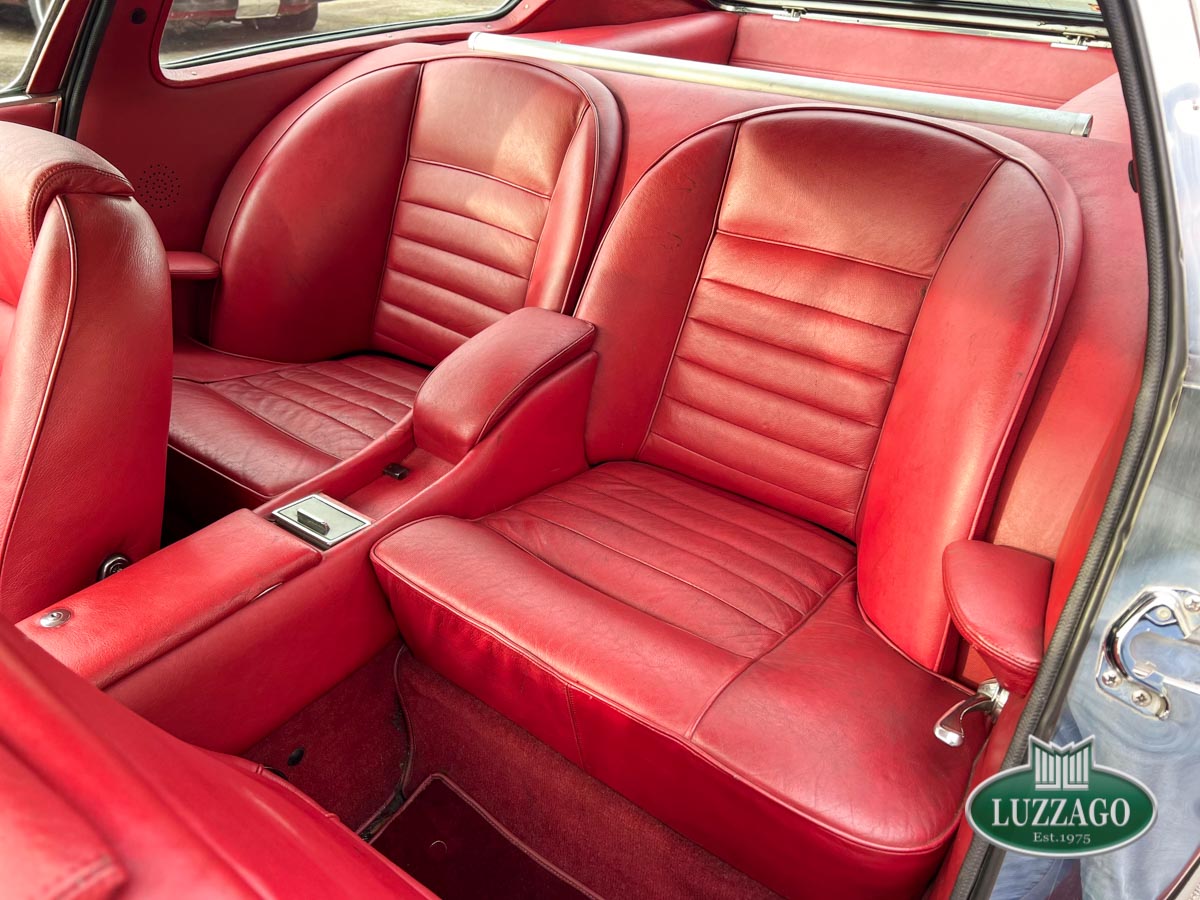
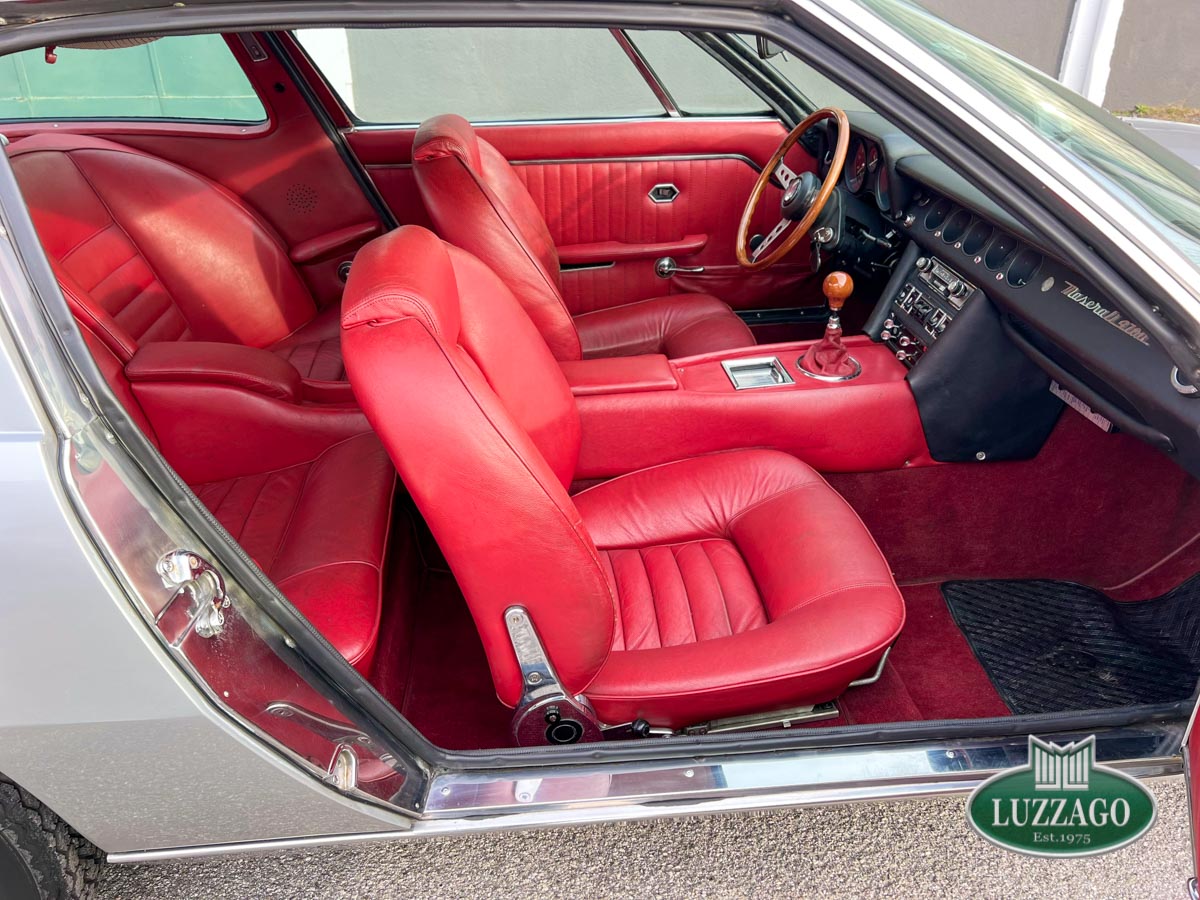
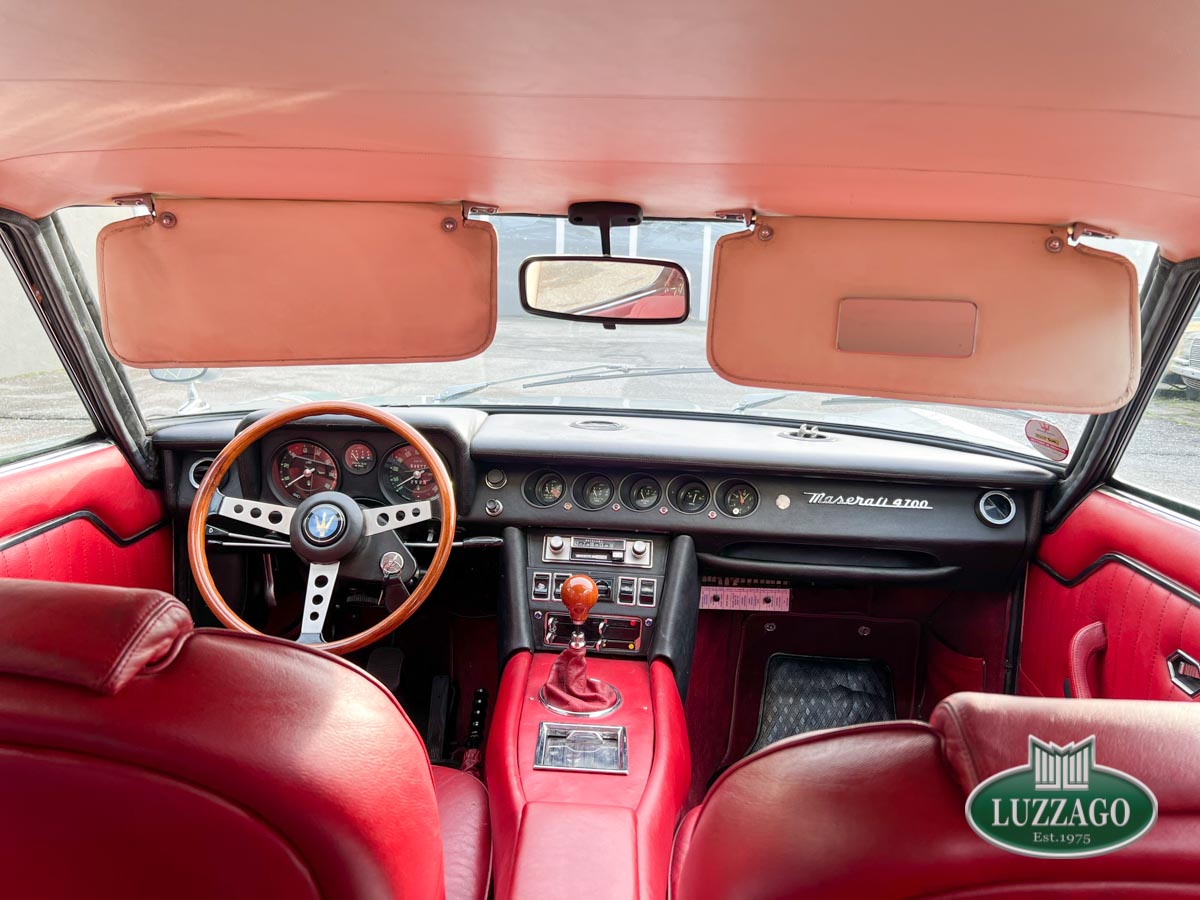
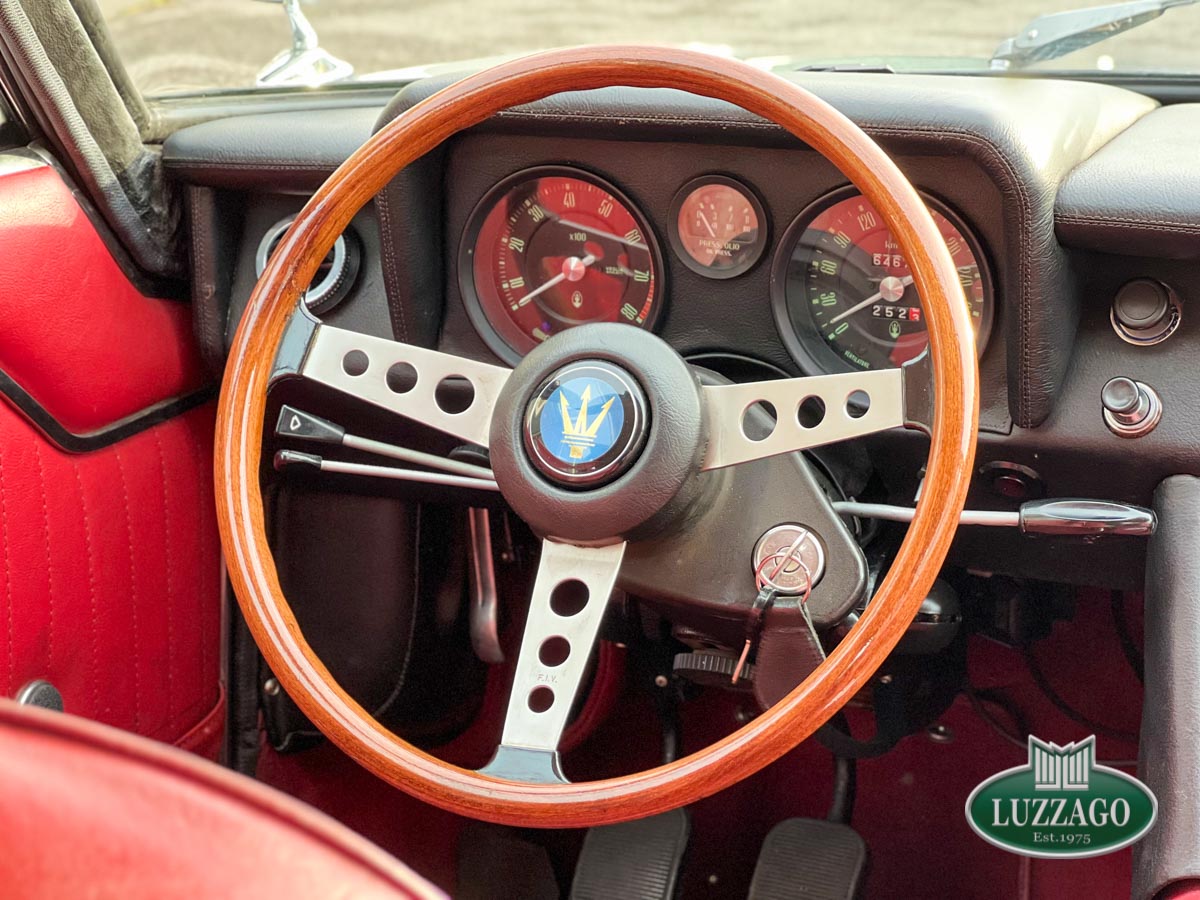
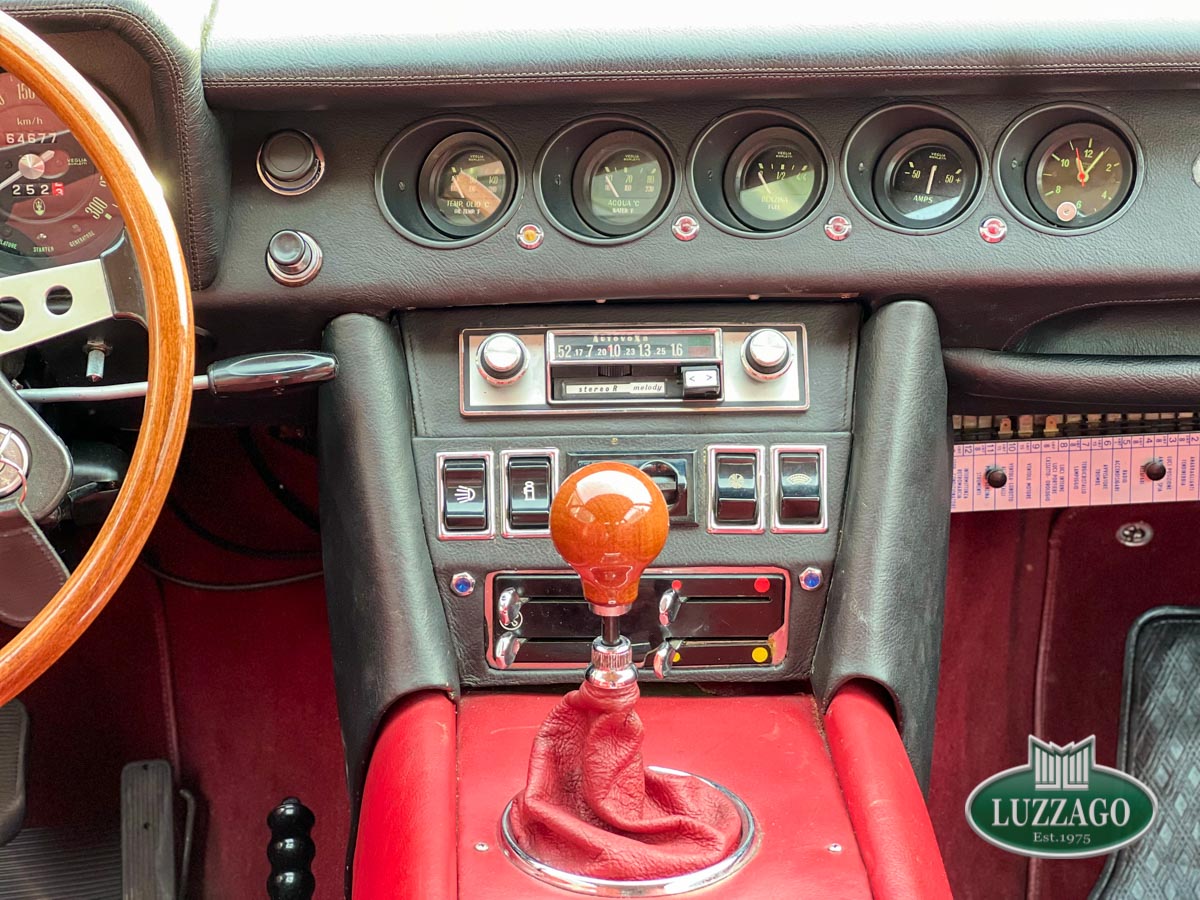
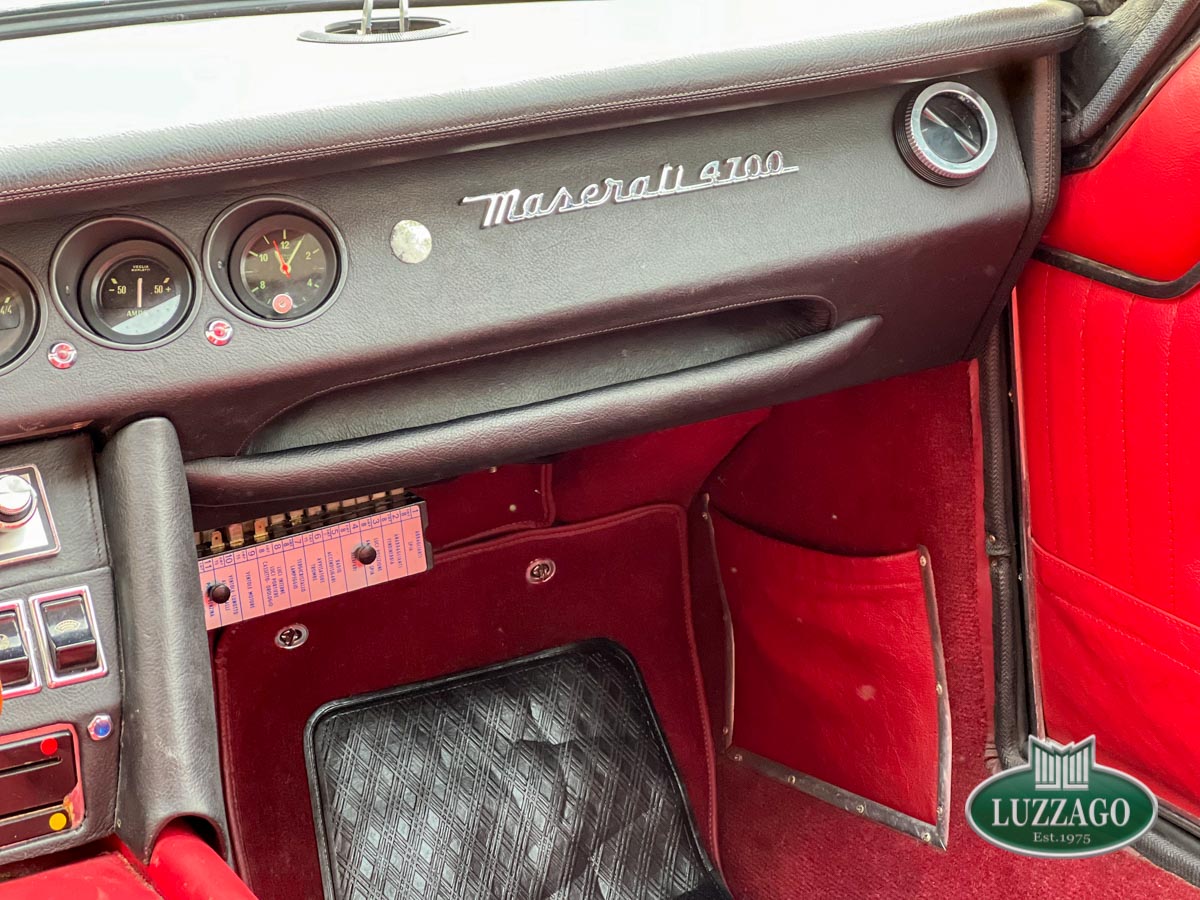

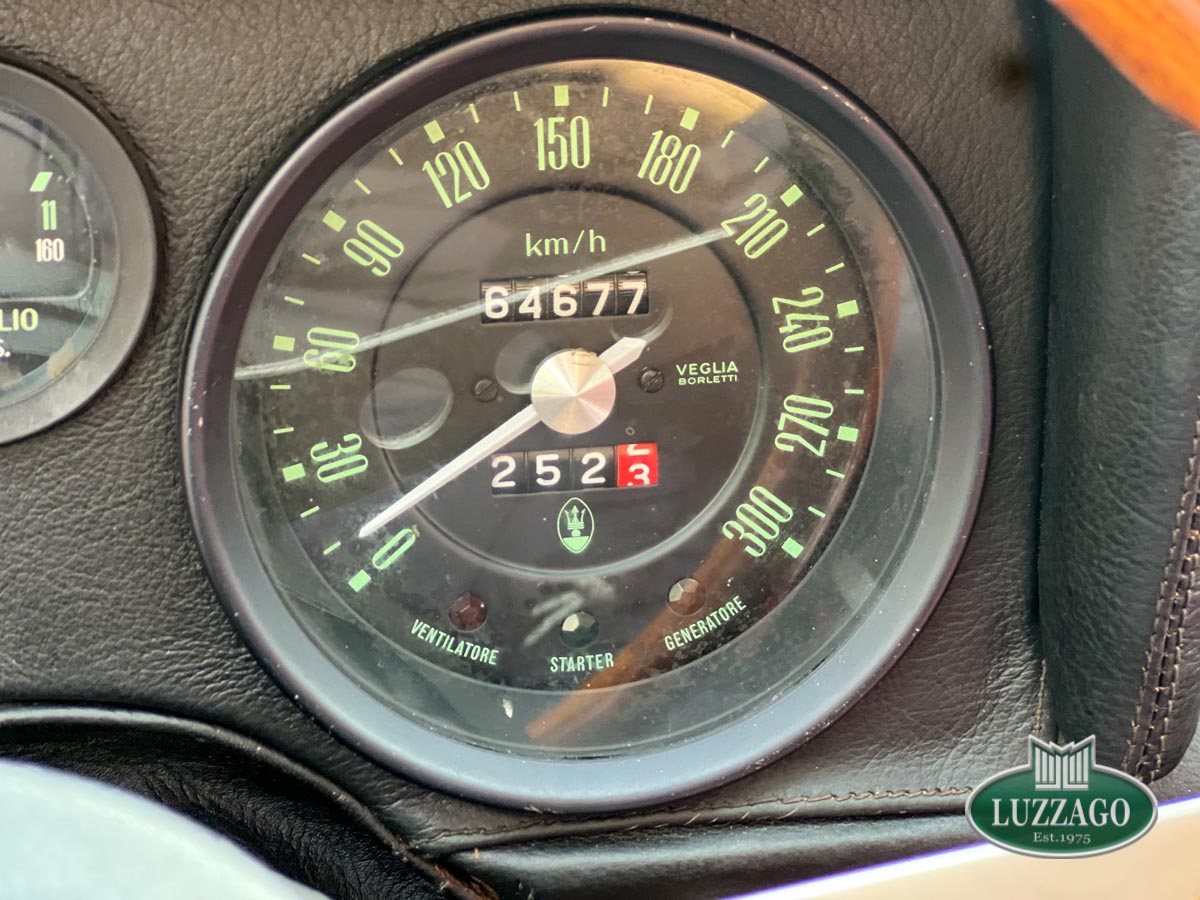
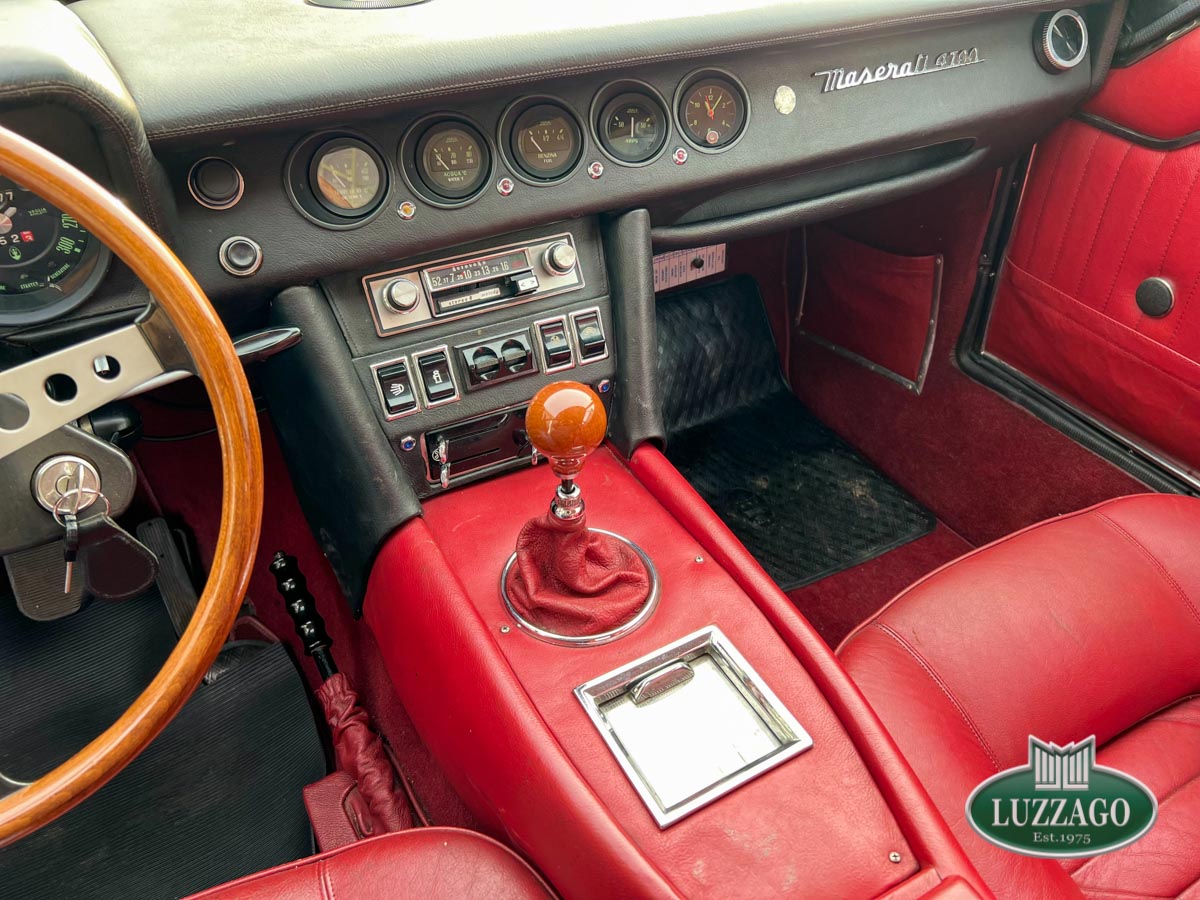
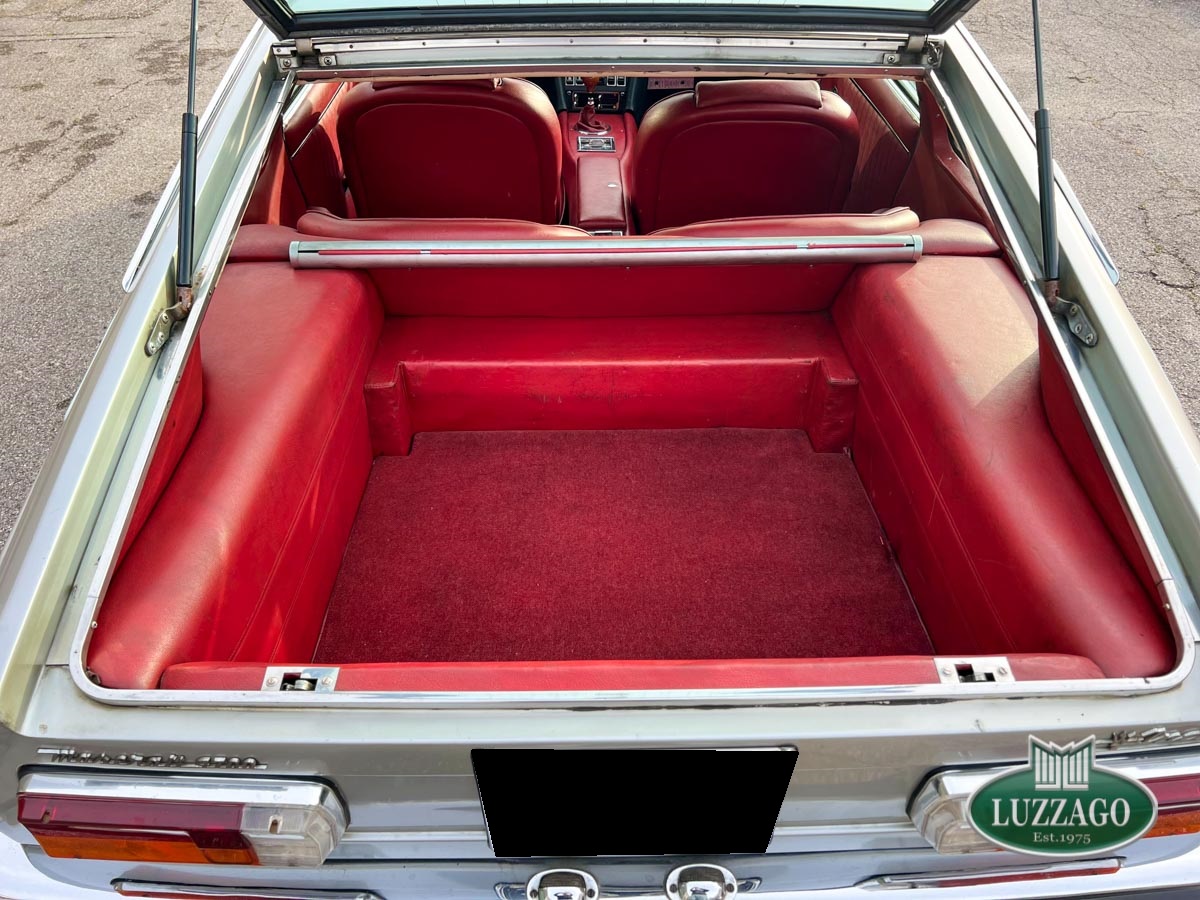
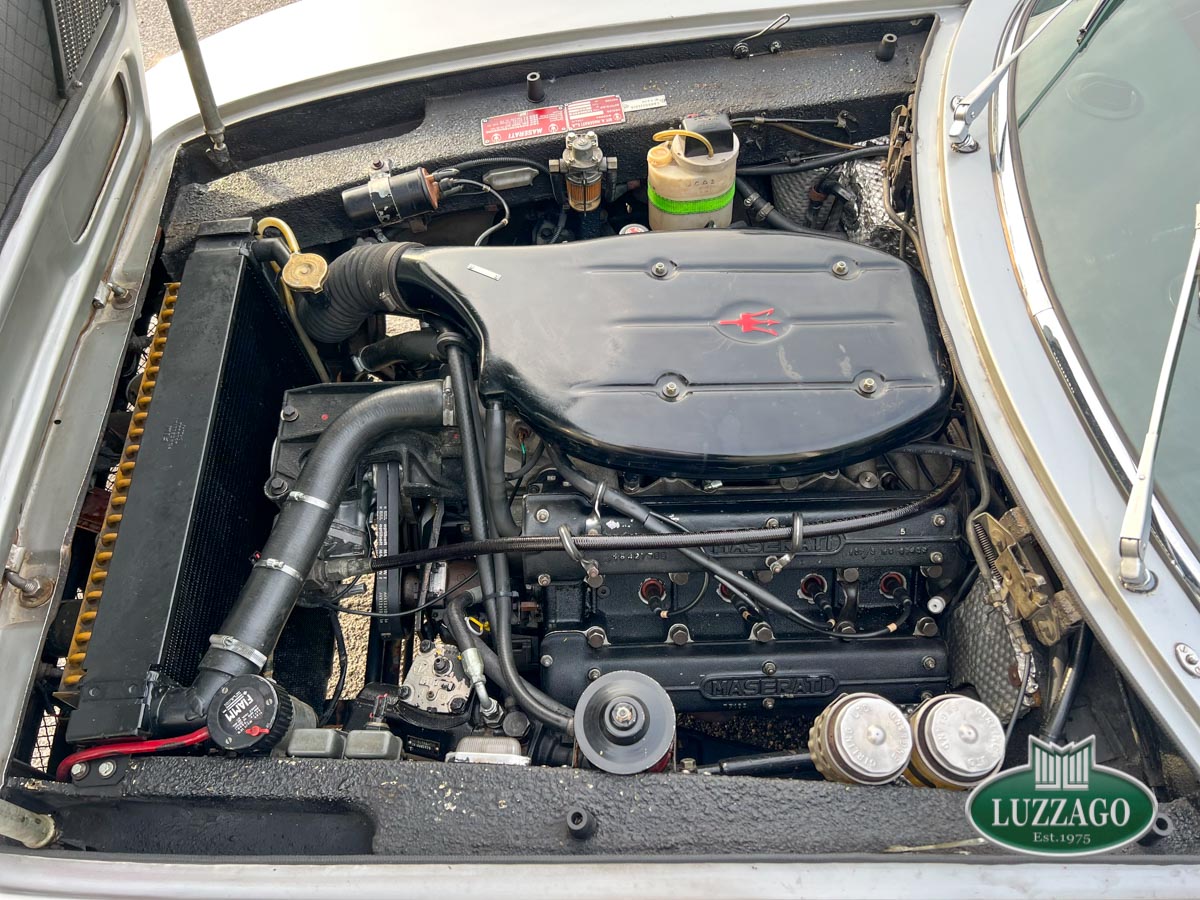
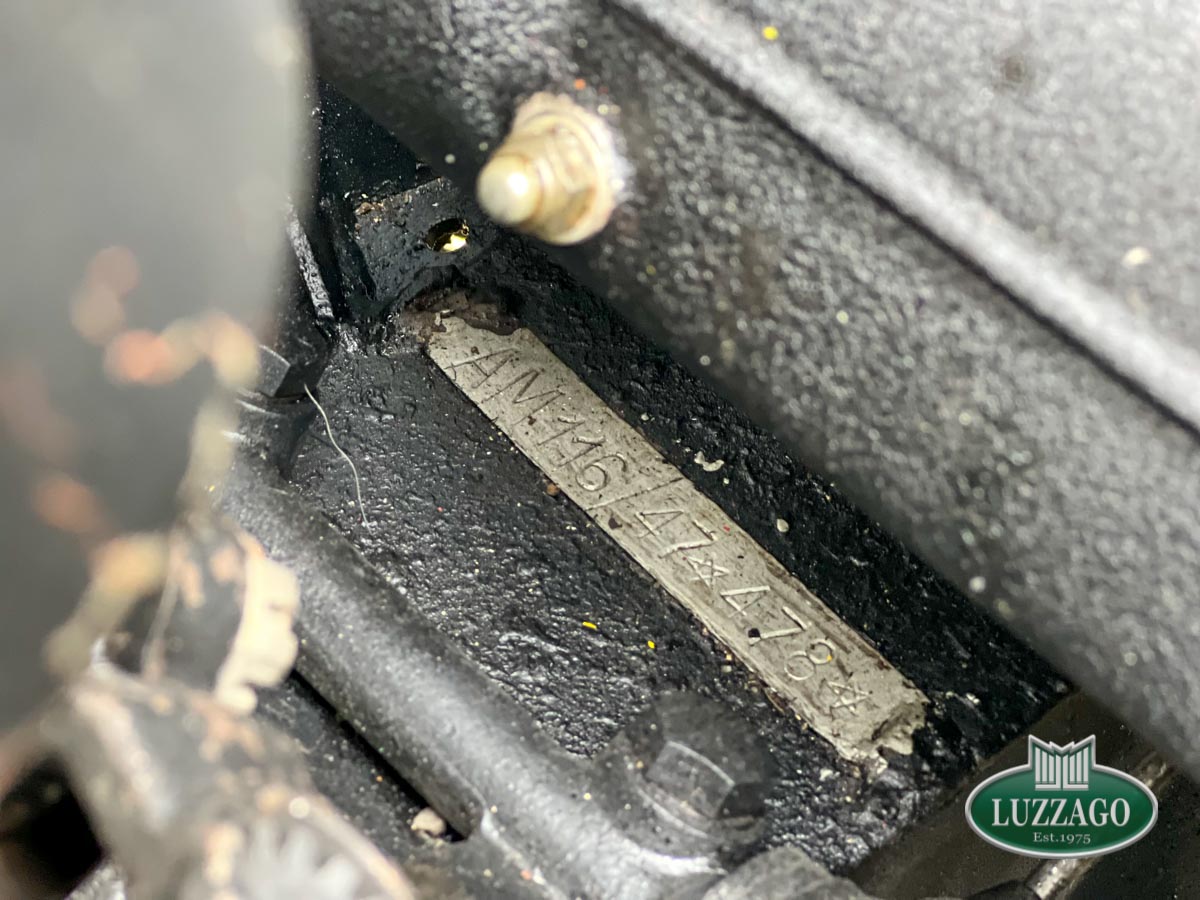
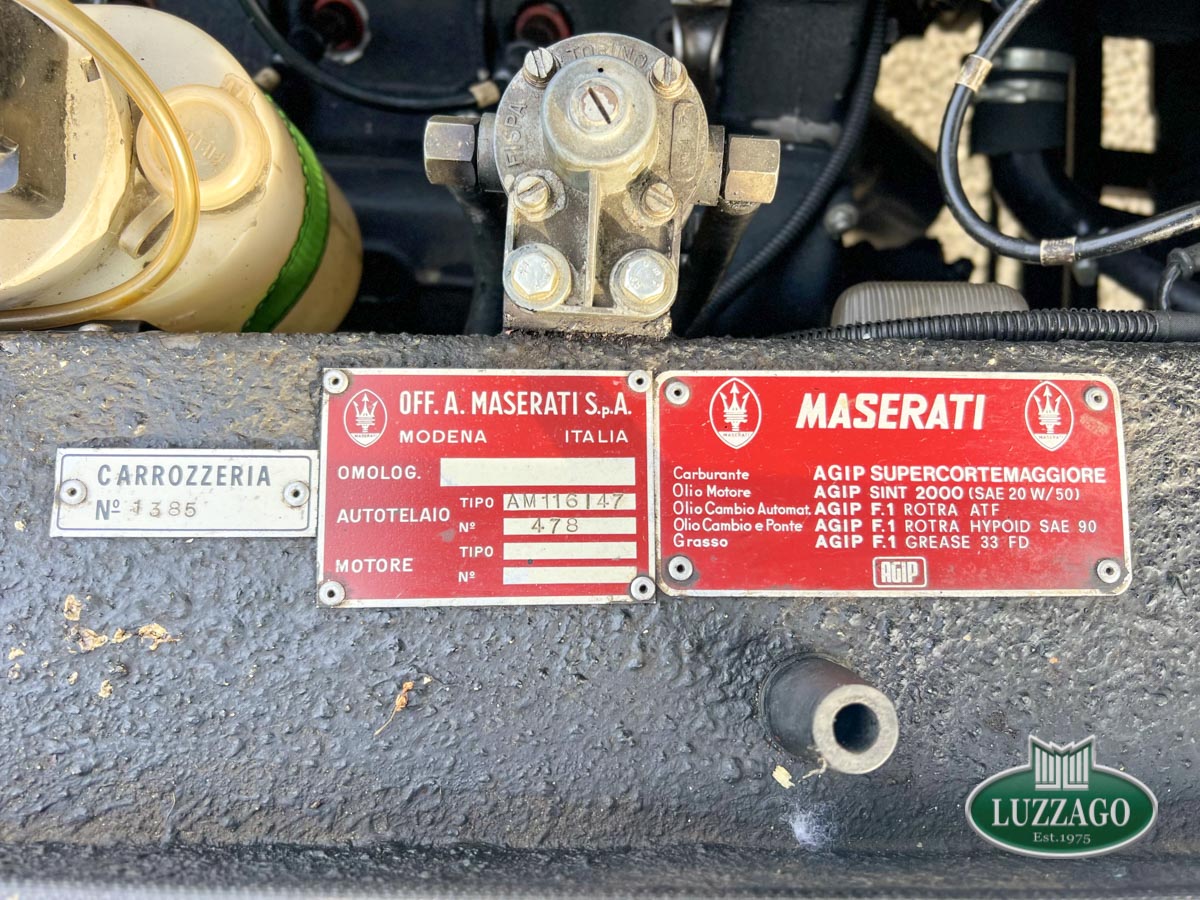
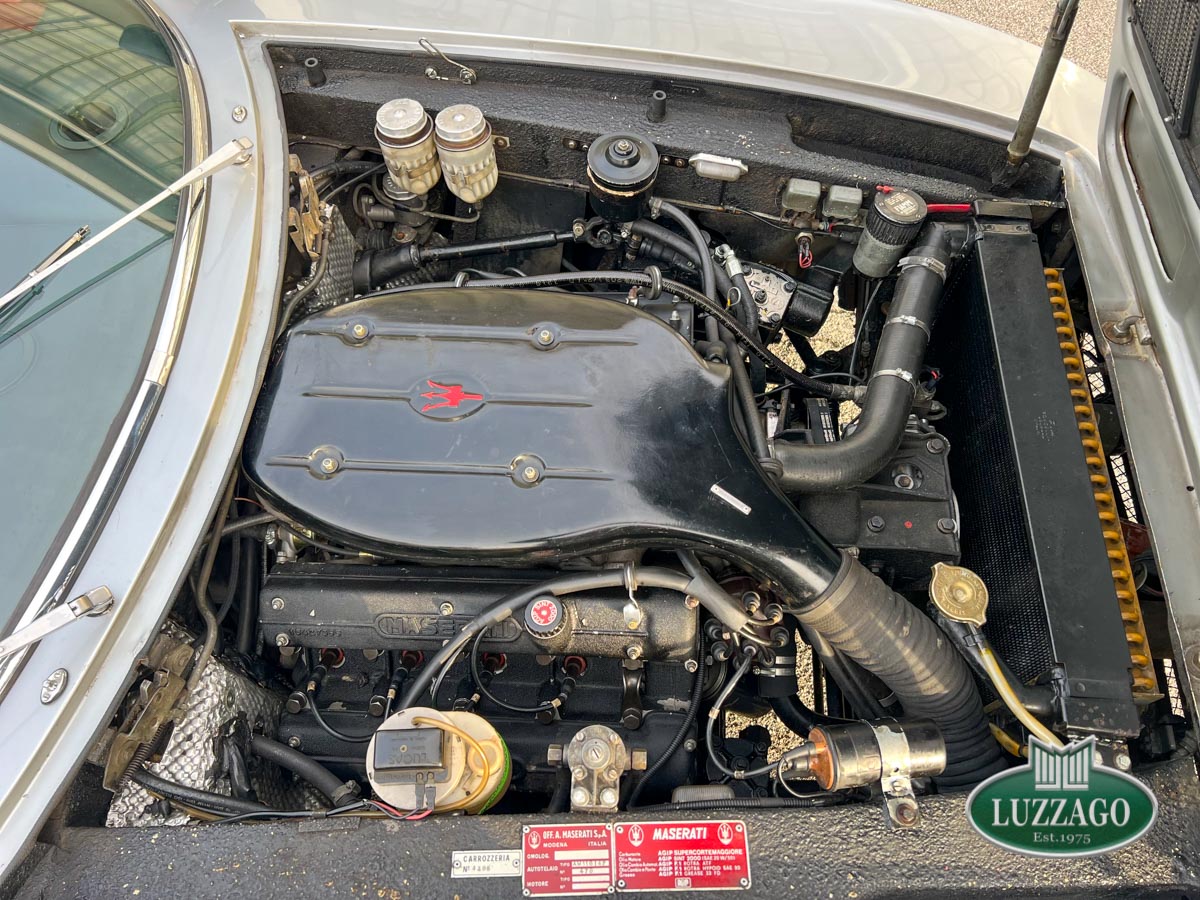



.jpg)
(2).jpg)
.jpg)
.jpg)
.jpg)
.jpg)
.jpg)
.jpg)
.jpg)
.jpg)
.jpg)
.jpg)
.jpg)
(1).jpg)
.jpg)
.jpg)
.jpg)


 CA Auto Bank offer subject to approval. Pre-contractual documentation at the Dealership and on the CA Auto Bank website (Transparency section). Advertising message for promotional purposes.
CA Auto Bank offer subject to approval. Pre-contractual documentation at the Dealership and on the CA Auto Bank website (Transparency section). Advertising message for promotional purposes.